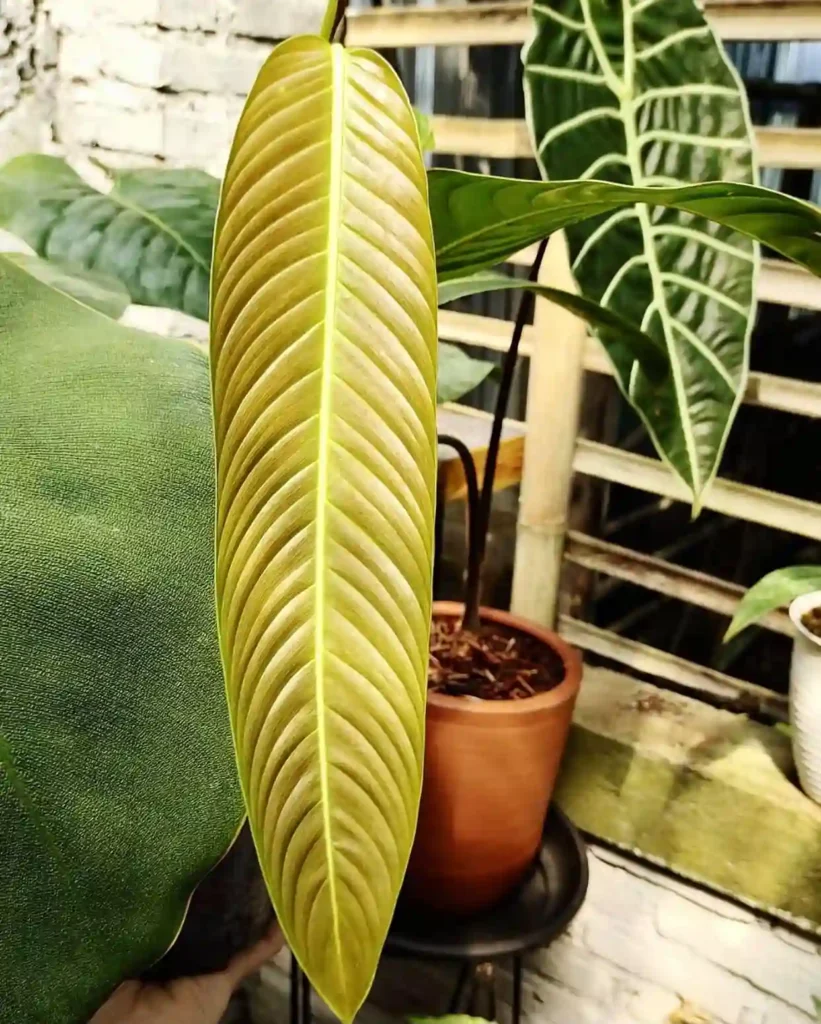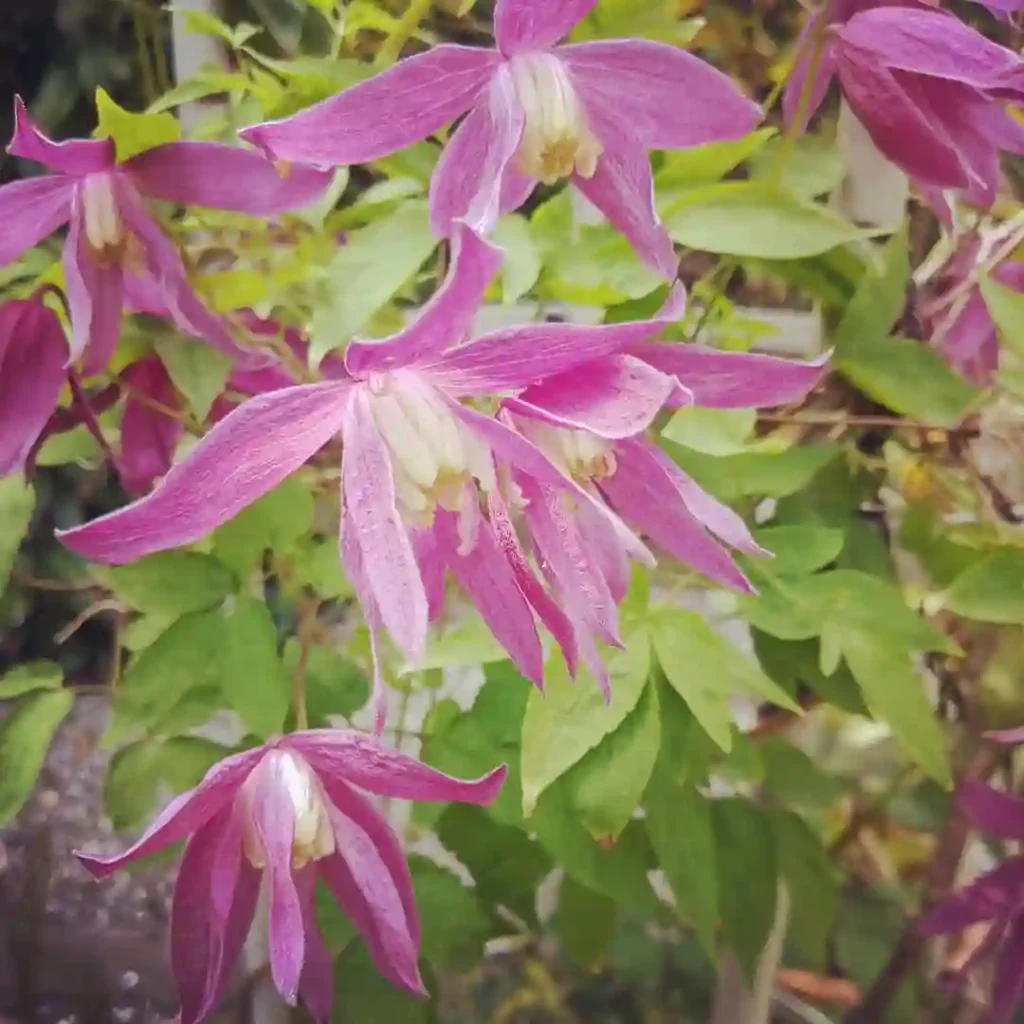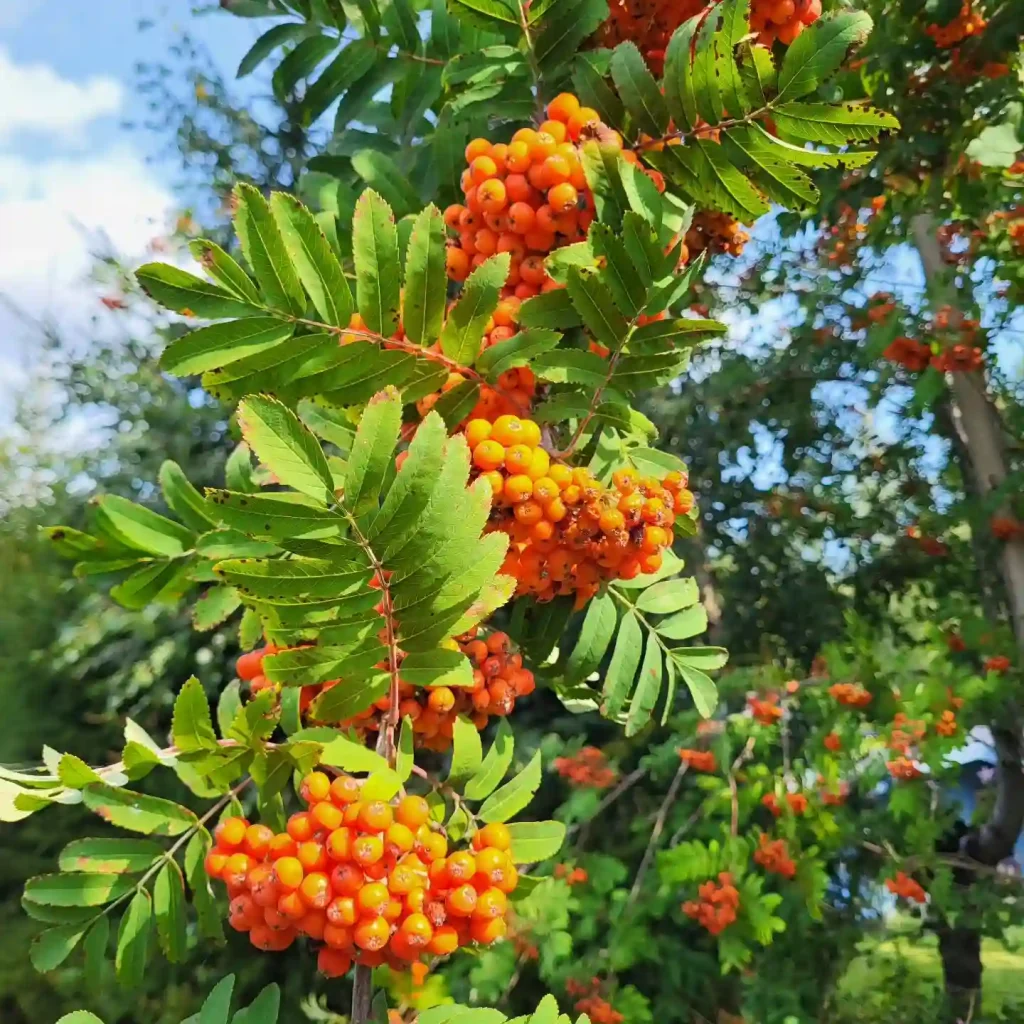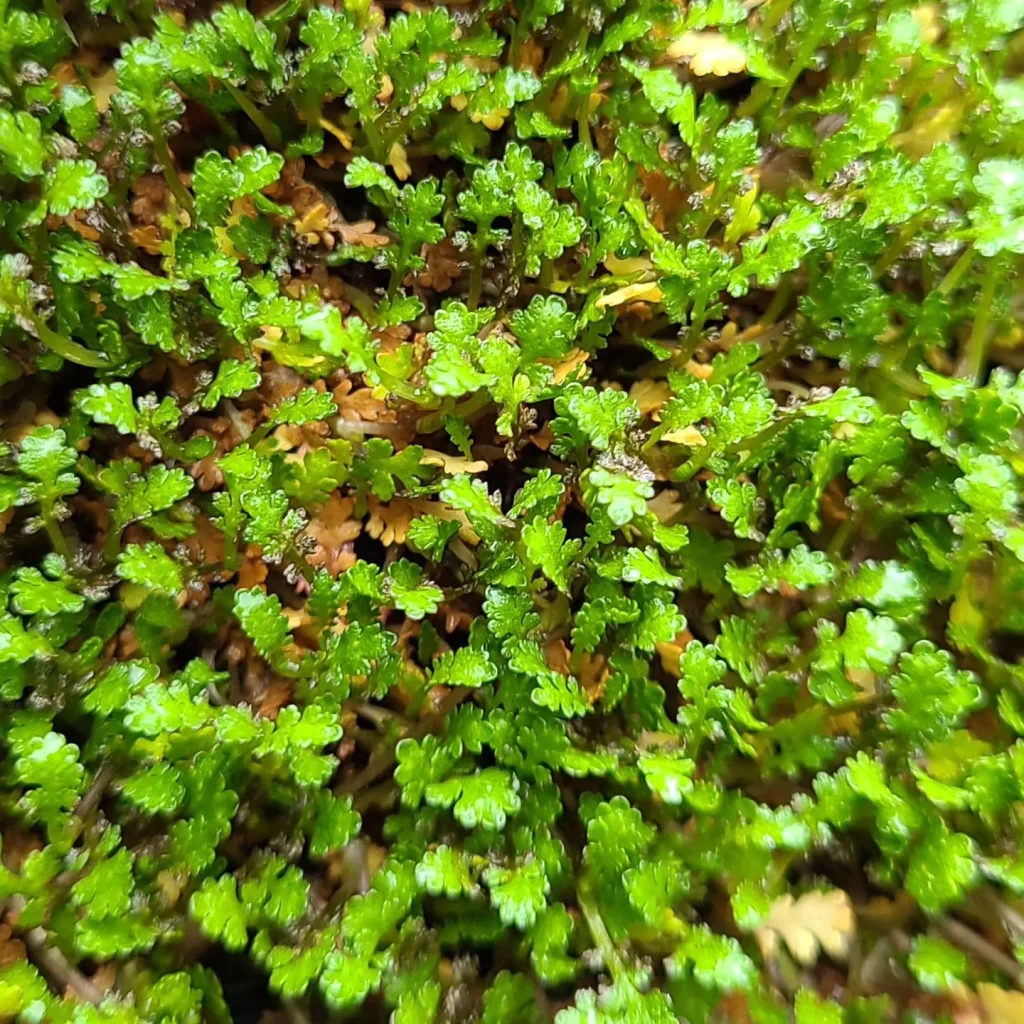A Deep Dive into the Rhizophoraceae Family: Ferb Vu’s Perspective
As a botany enthusiast, I, Ferb Vu, have always been fascinated by the unique and resilient plant families that thrive in challenging environments. One such family that has captured my attention is the Rhizophoraceae, also known as the mangrove family. These remarkable plants have adapted to life in the intertidal zones of tropical and subtropical coastlines, where they play a vital role in maintaining the delicate balance of these ecosystems.
The Mangrove Family: A Brief Overview
The Rhizophoraceae family consists of about 16 genera and approximately 120 species of trees and shrubs. These plants are characterized by their distinctive aerial roots, which allow them to survive in the waterlogged and oxygen-poor soils of their habitat. Mangroves are also known for their salt tolerance, vivipary (the germination of seeds while still attached to the parent plant), and their ability to filter pollutants from the water.
Key Genera within the Rhizophoraceae Family
The Rhizophoraceae family boasts a diverse range of genera, each with its own unique characteristics and adaptations. Some of the most notable genera include:
- Rhizophora: This genus is perhaps the most well-known within the family, containing the iconic red mangroves. These trees are easily recognizable by their stilt roots, which prop them up above the waterline.
- Bruguiera: The Bruguiera genus comprises several species of mangroves, including the black mangroves. These trees are known for their knee roots, which emerge from the soil and provide additional support and oxygen uptake.
- Ceriops: This genus includes various species of mangroves, such as the yellow mangroves. These trees are characterized by their pencil roots, which grow vertically from the soil and aid in gas exchange.
- Kandelia: The Kandelia genus contains a few species of mangroves, including the Kandelia candel. These trees are known for their distinctive buttress roots, which provide stability and support in the soft mud.
- Anopyxis (Pierre) Engl.
- Blepharistemma Wall. ex Benth.
- Carallia Roxb.
- Cassipourea Aubl.
- Comiphyton Floret
- Crossostylis J.R.Forst. & G.Forst.
- Gynotroches Blume
- Macarisia Thouars
- Paradrypetes Kuhlm.
- Pellacalyx Korth.
- Sterigmapetalum Kuhlm.
The Ecological Importance of Mangroves
Mangroves play a crucial role in maintaining the health and stability of coastal ecosystems. Their dense root systems help to stabilize shorelines, preventing erosion and protecting against storm surges. Mangroves also serve as a nursery ground for a variety of fish, crustaceans, and other marine life, providing them with food and shelter during their early stages of development. Additionally, mangroves act as a natural filter, removing pollutants and excess nutrients from the water, thus improving water quality and promoting the growth of coral reefs and seagrass beds.
The Threats Facing Mangroves
Despite their ecological importance, mangroves are facing numerous threats worldwide. Deforestation for aquaculture, agriculture, and urban development is a major concern, as it leads to the loss of vital habitat and the disruption of ecosystem services. Climate change also poses a significant threat, as rising sea levels and changes in rainfall patterns can impact mangrove growth and survival. Additionally, pollution and overfishing can further degrade mangrove ecosystems and reduce their resilience.
Conservation Efforts and the Future of Mangroves
Recognizing the importance of mangroves, various conservation efforts are underway to protect and restore these valuable ecosystems. These efforts include the establishment of marine protected areas, the promotion of sustainable aquaculture and forestry practices, and the restoration of degraded mangrove habitats. It is crucial that we continue to support these initiatives and work towards a future where mangroves can thrive and continue to provide their invaluable services to our planet.
As a passionate advocate for plant conservation, I believe that the Rhizophoraceae family deserves our utmost attention and protection. These remarkable plants have adapted to some of the harshest environments on Earth, and their resilience and ecological significance serve as an inspiration to us all. By understanding and appreciating the unique features and vital role of mangroves, we can work together to ensure their survival for generations to come.
If i die, water my plants!



